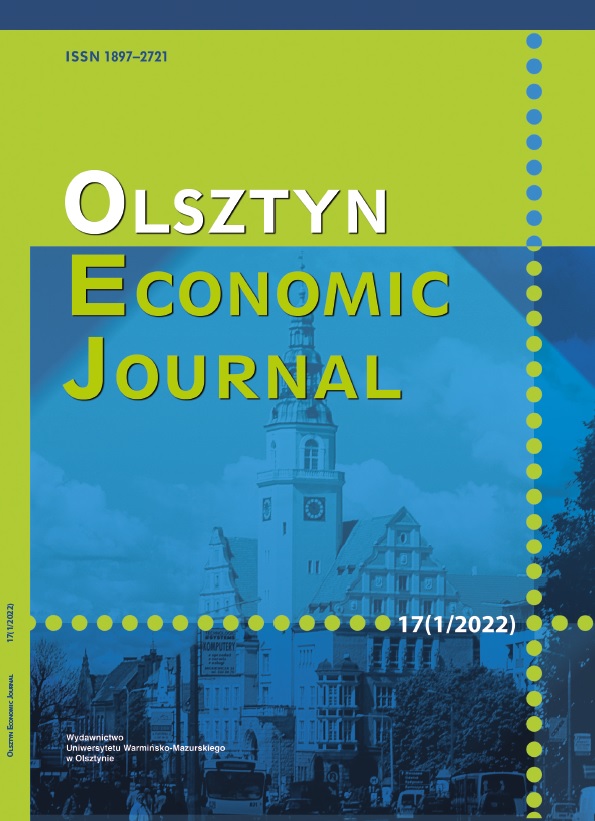Prospects for the Development of Intermodal Transport in the Visegrad Countries, Germany and Italy - Selected Aspects
Prospects for the Development of Intermodal Transport in the Visegrad Countries, Germany and Italy - Selected Aspects
Author(s): Małgorzata Kędzior-Laskowska, Joanna Kownacka-WaśkiewiczSubject(s): Economy, National Economy, Public Finances
Published by: Wydawnictwo Uniwersytetu Warmińsko-Mazurskiego w Olsztynie
Keywords: V4; intermodal transport; infrastructure; sustainable transport; EU
Summary/Abstract: The article presents the results of research on the possibilities of developing intermodal rail transport in the Visegrad Group countries, Italy and Germany. The research was conducted based on statistical data regarding demand for transport in intermodal cargo units and rail transport. Selected elements of transport infrastructure were taken into account as well, i.e. the length of railway tracks and railway lines (including electrified ones), the railway line density indicator, and the number of terminals. The study results proved that there was a noticeable development of infrastructure in Hungary which makes it a prospective market, affording the possibility for development of domestic and international transport. The biggest decrease for railway transport was observed in Germany and Poland. In the same time, in Poland there was observed the biggest increase in demand for intermodal container units (ICUs). The inverse relationship between demand for railway transport and ICUs is observed in most countries. Only in Czechia there was a parallel increase observed. It has been observed that linear and point infrastructure requires investment in electrification in most countries surveyed. These investments are important due to handling the needs of foreign trade. With the growing demand for transport and developed infrastructure, the intermodal rail transport will be able to compete with road transport. This process is consistent with the need to ensure green transport and modify transport structure into the environmental friendly one.
Journal: Olsztyn Economic Journal
- Issue Year: 17/2022
- Issue No: 1
- Page Range: 83-95
- Page Count: 13
- Language: English

